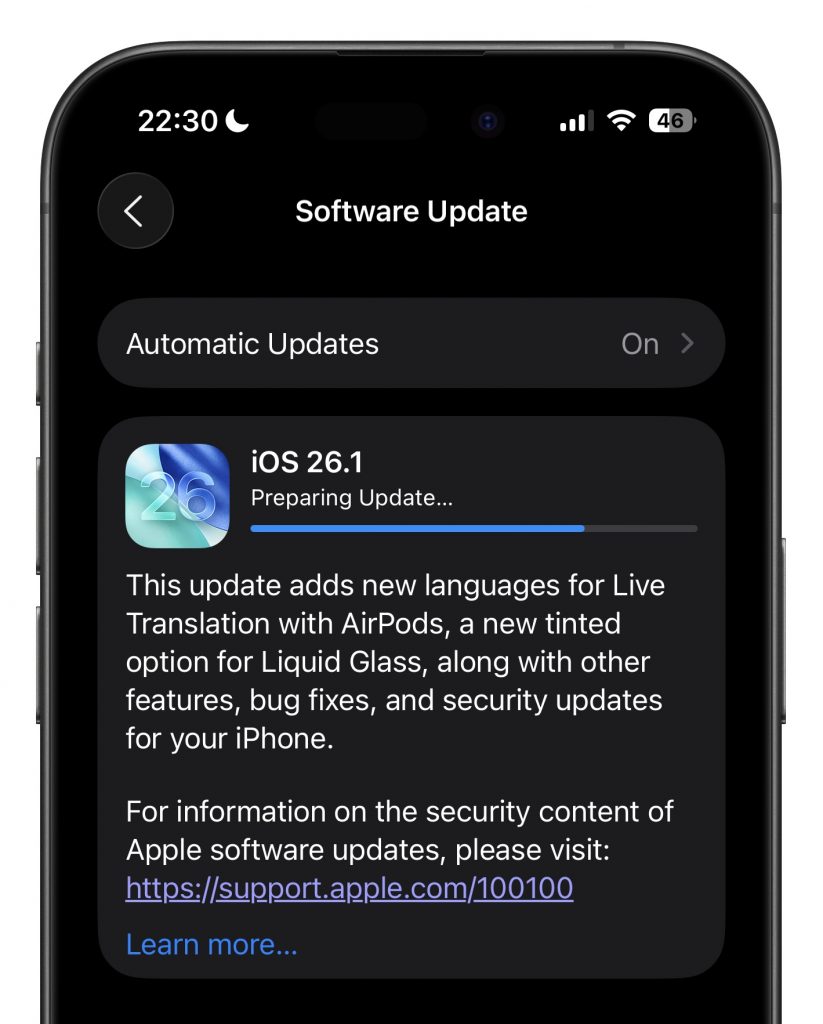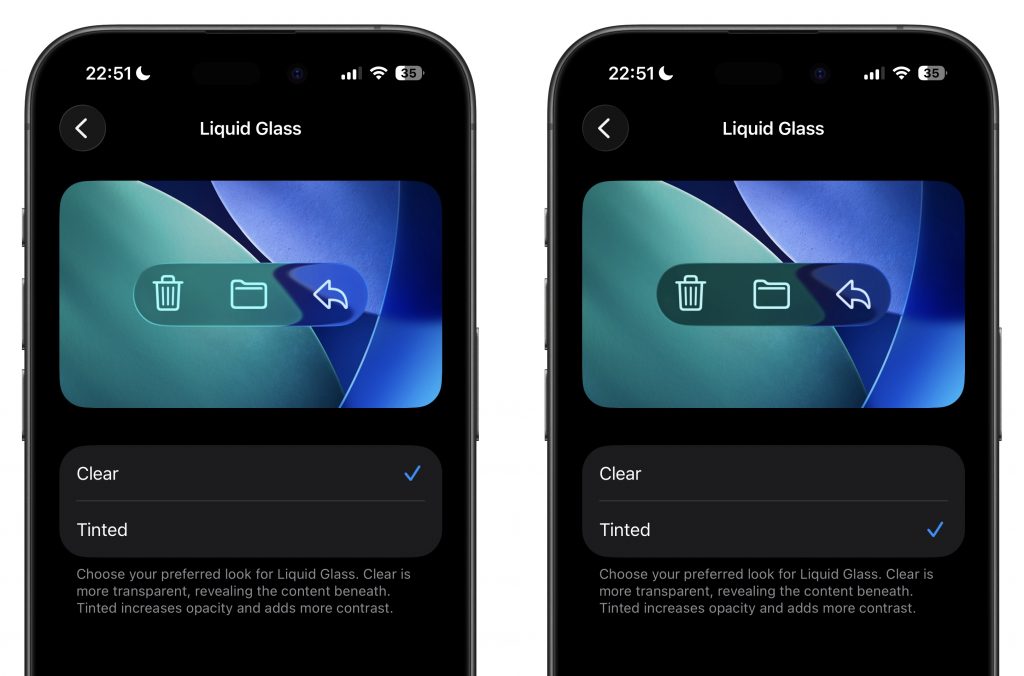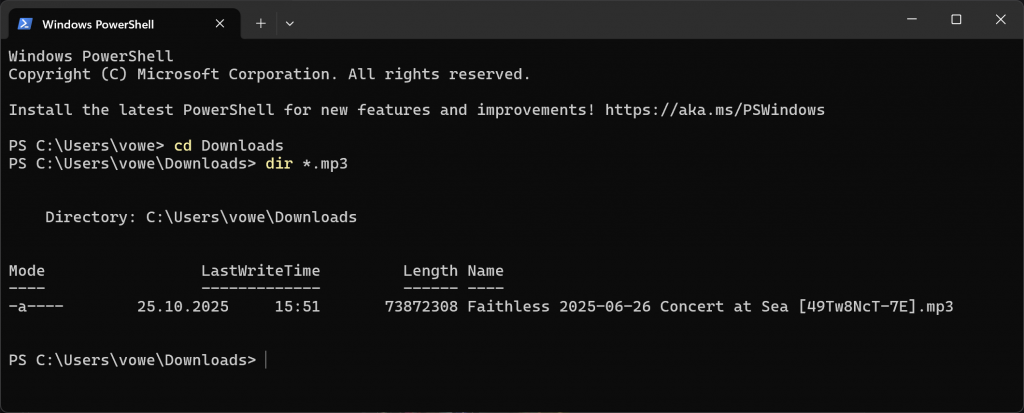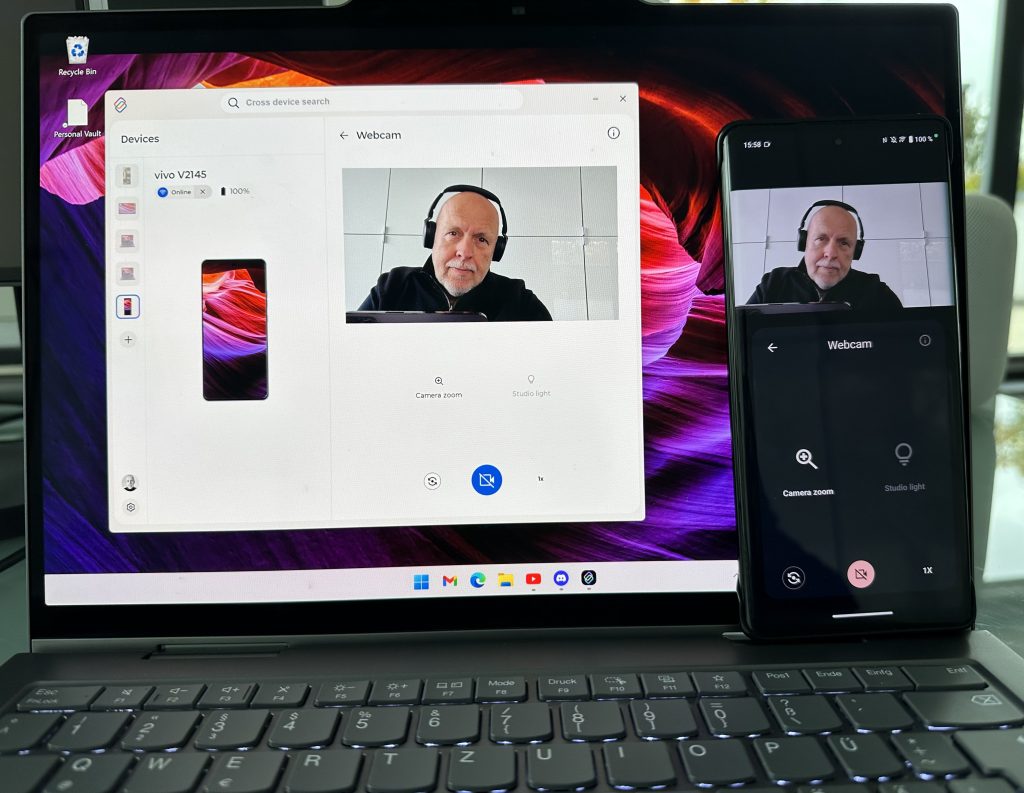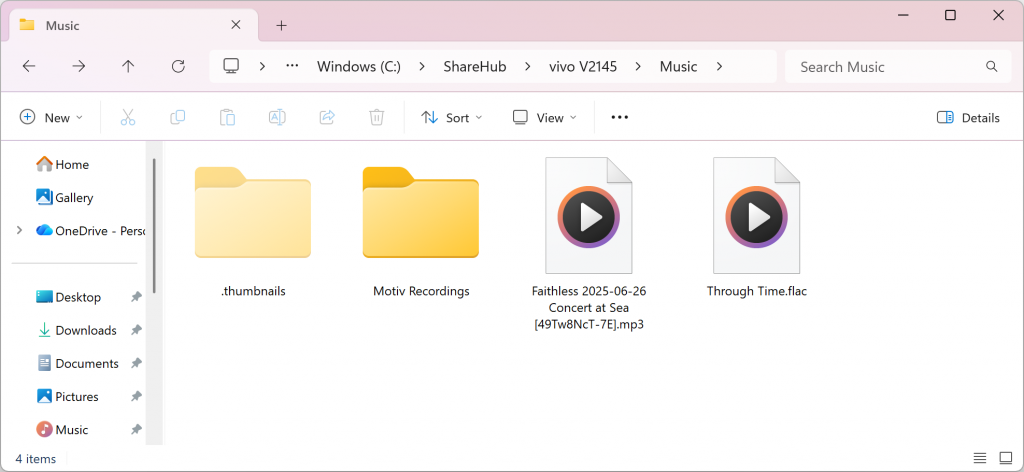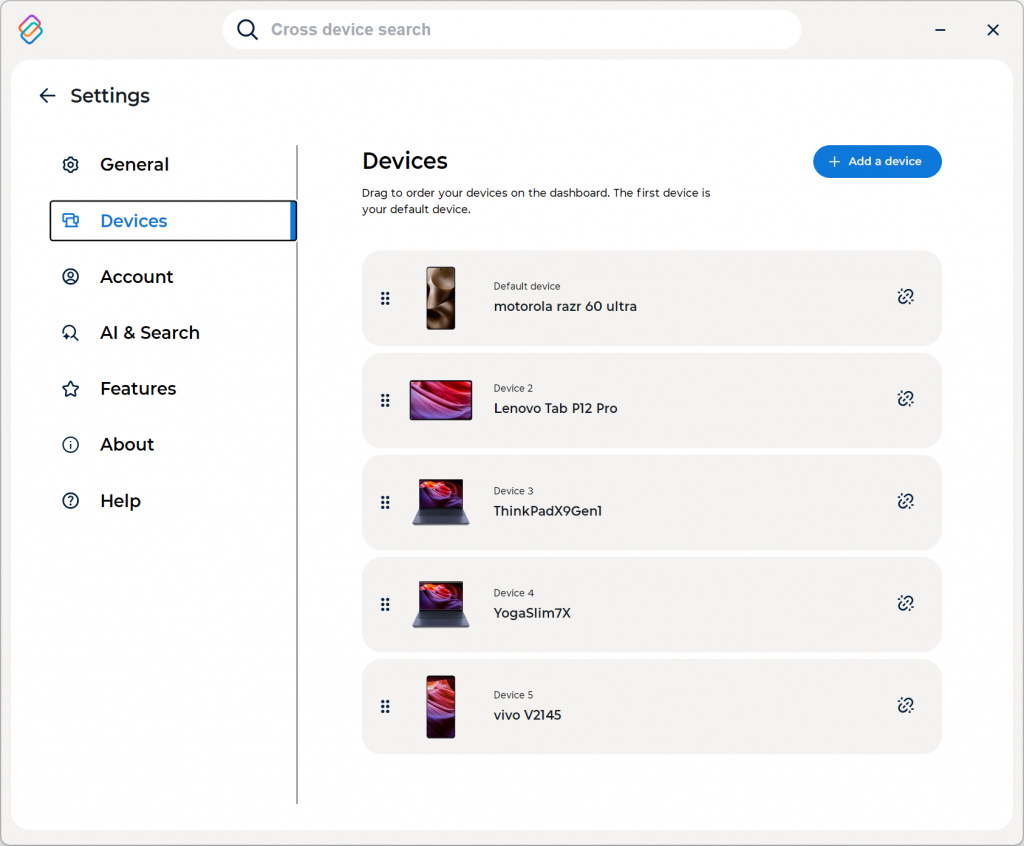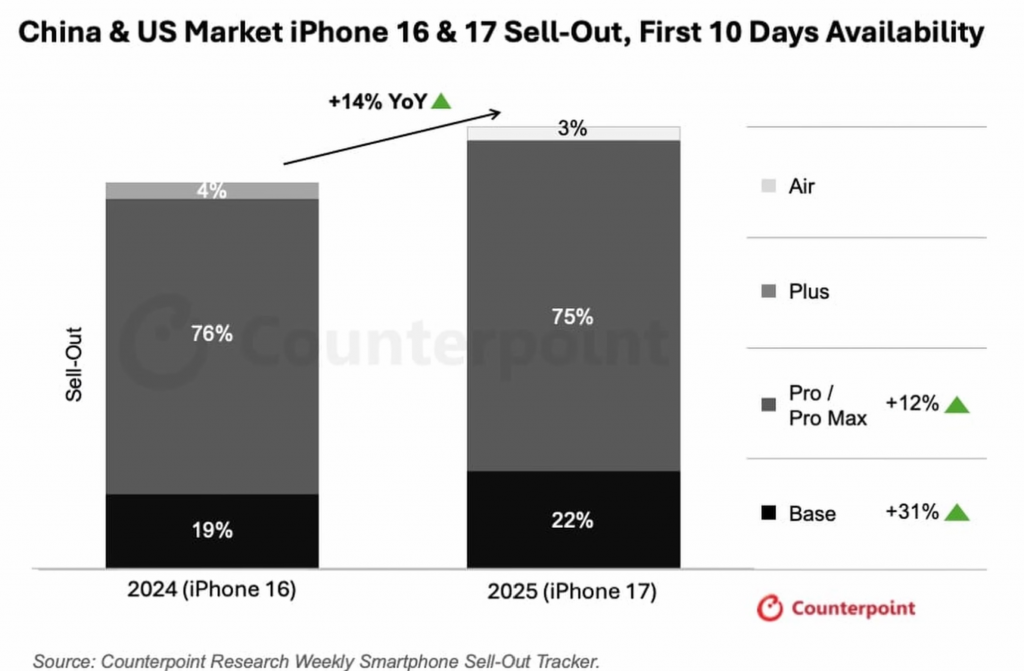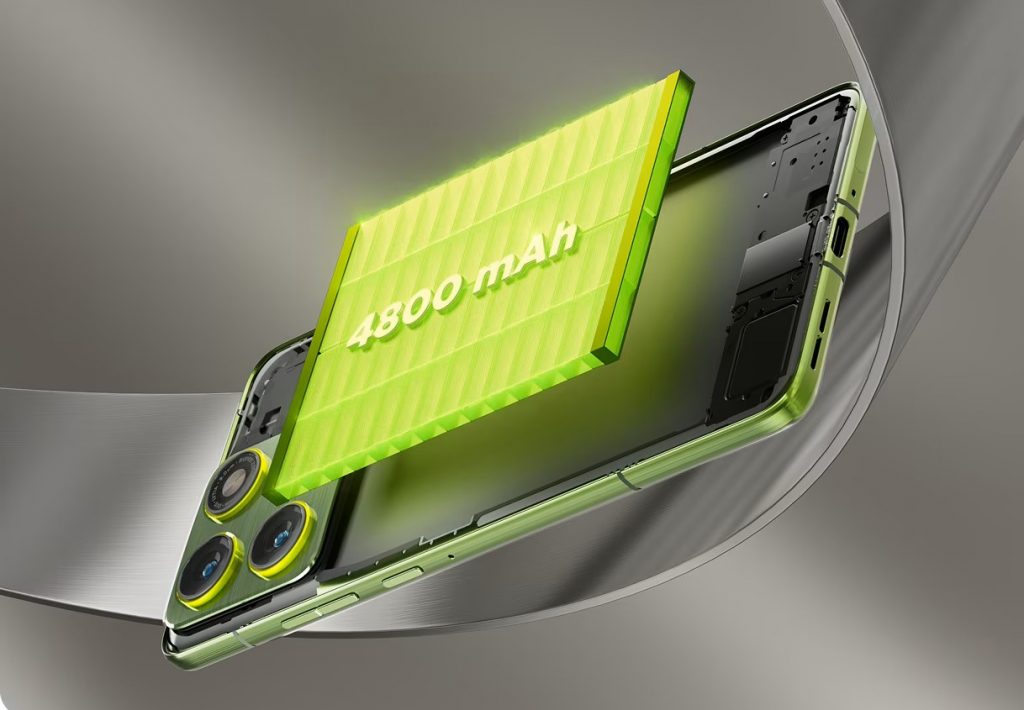
Motorola schafft das, was Apple und Samsung nicht hinbekommen haben: Ein mit 5,9 mm Dicke superflaches Smartphone mit ausreichender Stromversorgung. Wie geht das? Silizium-Carbon-Akku mit 4800 mAh. Das iPhone Air hat 3149 mAh, satte 35% weniger. Dazu hat das Edge 70 drei 50-Megapixel-Kameras: Superweitwinkel, Weitwinkel und Frontkamera. Auch für Stereolautsprecher ist Platz.
Was mir auch gefällt: Keine Glasrückseite. Jetzt warte ich eigentlich nur noch auf ein Edge 70 Ultra mit Teleobjektiv.
Für 800 Euro legt Motorola noch eine Uhr, Earbuds und einen Moto Tag dazu:
Vom 5. November bis zur letzten Dezemberwoche 2025 wird das motorola edge 70 von einer exklusiven Bundle-Aktion begleitet, die in der gesamten EMEA-Region verfügbar ist. Das zeitlich begrenzte Angebot umfasst eine sorgfältig zusammengestellte Auswahl der begehrtesten Motorola-Zubehörteile – moto tag, moto buds loop, moto watch fit und ein 68-W-TurboPower™-Ladegerät. Diese Produkte wurden entwickelt, um das edge 70-Erlebnis zu ergänzen und zu verbessern. Die Einlösung ist ausschließlich über motorola.com möglich. Es gelten die Allgemeinen Geschäftsbedingungen.
Mit einem kleinen Spiel kann man den Preis um 300 Euro senken. Dauert nur eine Minute und schwupps gibt es das Gerät mitsamt dem ganzen Zubehör für 500 Euro.
Kleiner Spaß aus den Specs:






